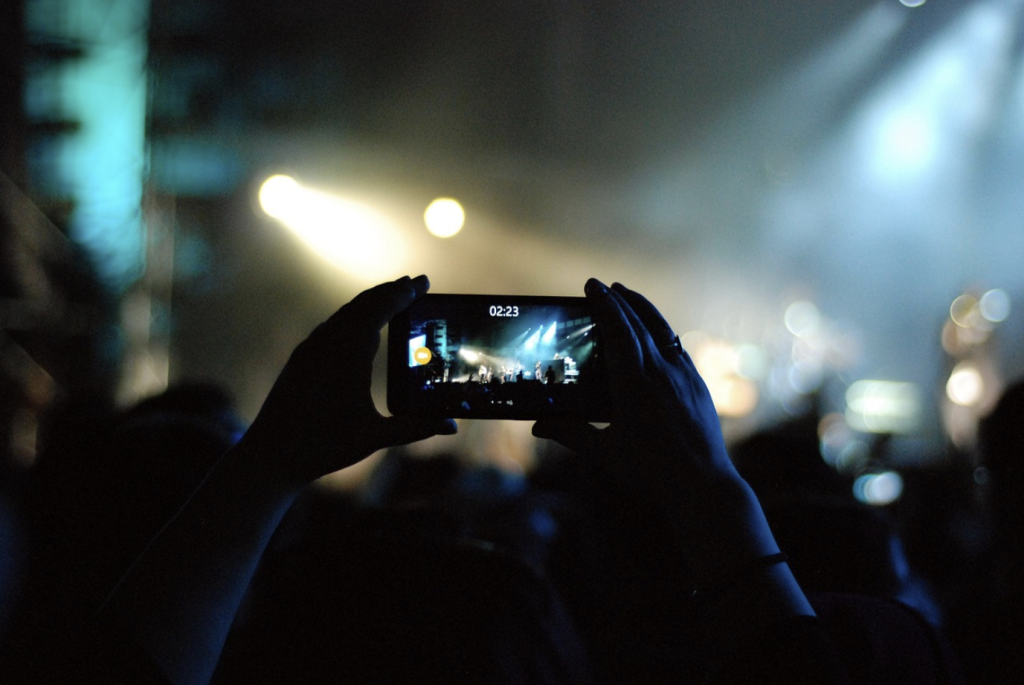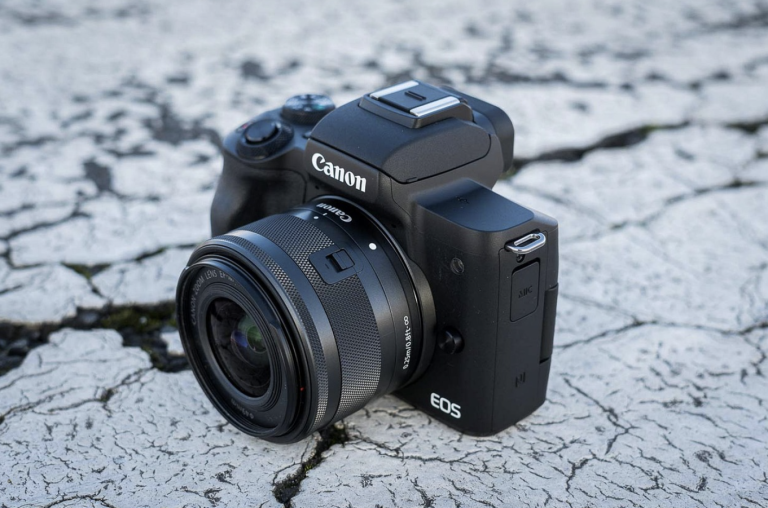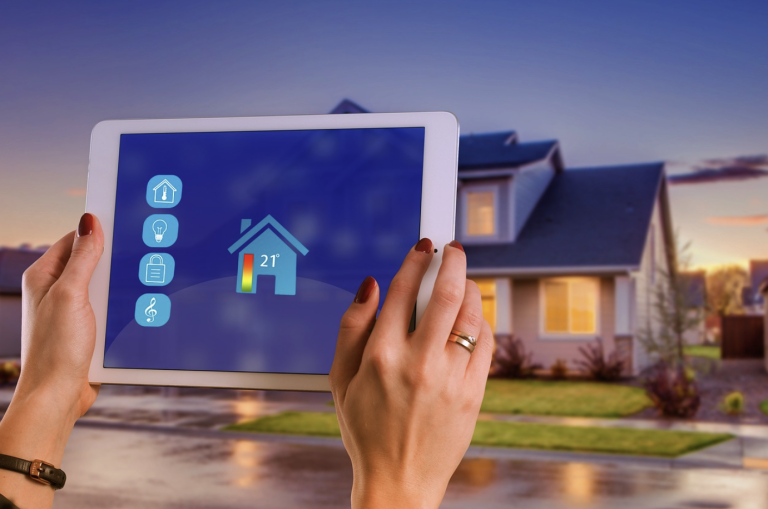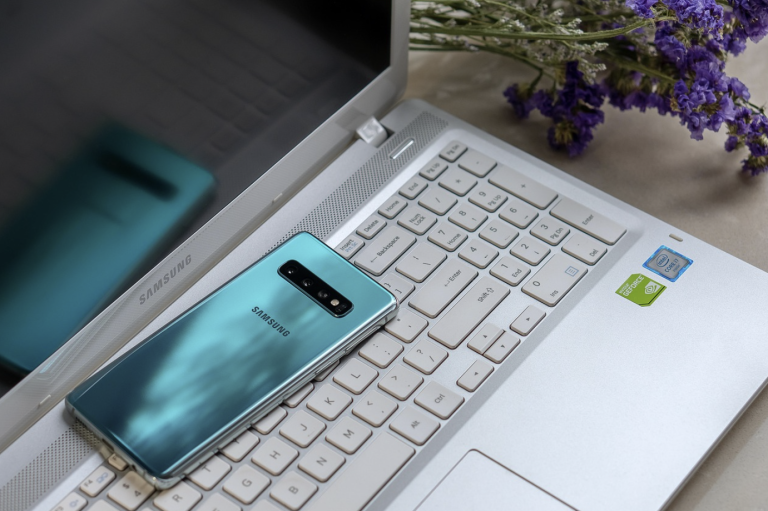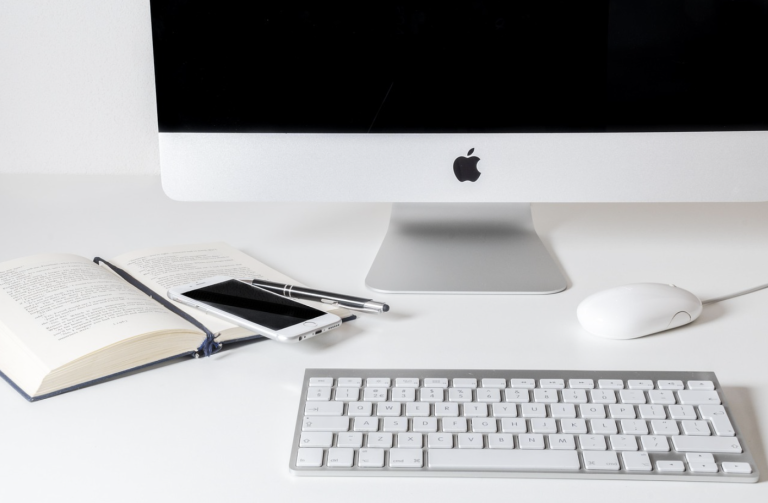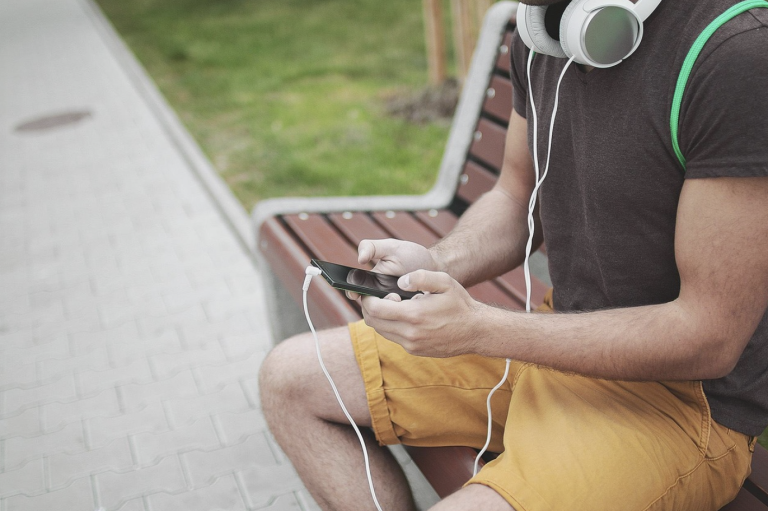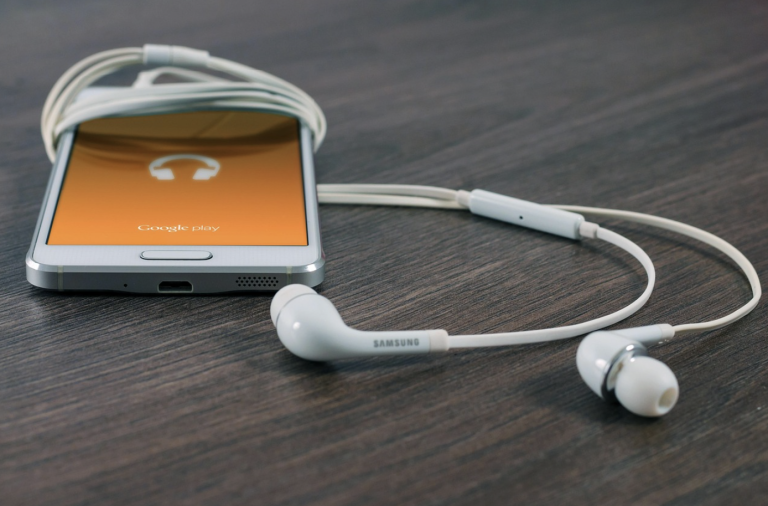
Introduction
Ever scrolled through your gallery and wished your photos looked more like the ones influencers post online? Don’t worry — it’s not just about skill. A lot comes down to the smartphone you’re using. In 2024, photography-focused phones are more powerful than ever, giving even entry-level users the ability to shoot like pros.
Why Smartphone Photography Matters in 2024
Smartphone cameras have become the go-to for capturing life’s best moments. Whether you’re documenting a vacation, snapping a product photo for your online store, or just catching your cat mid-yawn, your smartphone is your most accessible tool. In 2024, the difference between phones lies not only in hardware but also in intelligent software processing — and it’s game-changing.
Key Features to Consider in a Camera Phone
Choosing the right phone isn’t just about megapixels. Here’s what actually matters:
Sensor Size and Resolution
A larger sensor lets in more light, which means better detail and dynamic range. Don’t get hung up on megapixels alone — a 50MP sensor on a large sensor is better than a 108MP on a tiny one.
Lens Versatility
Most premium phones now come with multiple lenses: ultra-wide, main, telephoto, and sometimes even macro. This allows you to get creative — from wide landscapes to crisp zoomed-in portraits.
Software Processing
Smartphones like the Pixel and iPhone are known for using advanced AI to enhance photos. Features like Smart HDR, computational photography, and real-time editing give even casual shooters a polished result.
Low Light Performance
Night mode is no longer just a gimmick. Phones now combine multiple frames, adjust exposure intelligently, and suppress noise so your night shots look crystal clear.
Best Entry-Level Smartphones for Photography
Just starting your photography journey? These are perfect without breaking the bank.
Google Pixel 7a
Why it stands out: Google’s computational photography is arguably the best in the industry, and it’s available in their budget Pixel.
Highlights: Excellent dynamic range, realistic skin tones, and crisp night shots.
Samsung Galaxy A54 5G
Why it’s a great value: Samsung packs a versatile camera setup and a beautiful AMOLED display into a mid-priced phone.
Highlights: Bright colors, good wide-angle performance, decent night mode.

Best Mid-Range Smartphones for Photography
A step up from the entry-level without reaching flagship pricing.
Apple iPhone SE (3rd Gen)
Strengths: Combines Apple’s A15 chip with a proven 12MP camera. Despite having one lens, the processing power is elite.
Best For: iOS lovers wanting a compact phone with serious photo skills.
OnePlus 12R
Why it rocks: Offers a balanced camera suite at a competitive price, including impressive HDR and low-light capabilities.
Ideal For: Android users who want flagship-like performance without the premium tag.
Best Flagship Smartphones for Photography
If you want the absolute best in smartphone photography, here’s where you’ll find it.
Apple iPhone 15 Pro Max
Key Features: 48MP main sensor, advanced ProRAW shooting, and Apple’s refined color science.
Why Pros Love It: Seamless integration with editing tools, great lens fidelity, and unmatched video capabilities.
Samsung Galaxy S24 Ultra
What’s New: 200MP sensor, improved AI post-processing, and a periscope zoom lens.
Ideal Use: Concerts, landscapes, and zoom-heavy situations.
Google Pixel 8 Pro
Highlights: The AI king. Magic Eraser, Real Tone, and Super Res Zoom redefine what’s possible on mobile.
Why It’s Different: Google’s HDR and night photography are still the gold standard.

Xiaomi 14 Ultra
Under-the-Radar Beast: Leica-branded optics, massive 1-inch sensor, and full manual controls.
Perfect For: Photo enthusiasts who want DSLR-like control in their pocket.
Comparison Table: Specs and Camera Capabilities
Phone Sensor Lenses Night Mode AI Features Price (USD)
iPhone 15 Pro Max 48MP 3 (Wide, Ultra, Tele) Excellent Smart HDR, ProRAW $1199
Galaxy S24 Ultra 200MP 4 Excellent AI Zoom, Nightography $1299
Pixel 8 Pro 50MP 3 Outstanding Magic Eraser, Real Tone $999
Xiaomi 14 Ultra 50MP (1″) 4 Excellent Leica Imaging $1099
Pixel 7a 64MP 2 Great HDR+, Night Sight $499
Galaxy A54 50MP 3 Good Scene Optimization $449
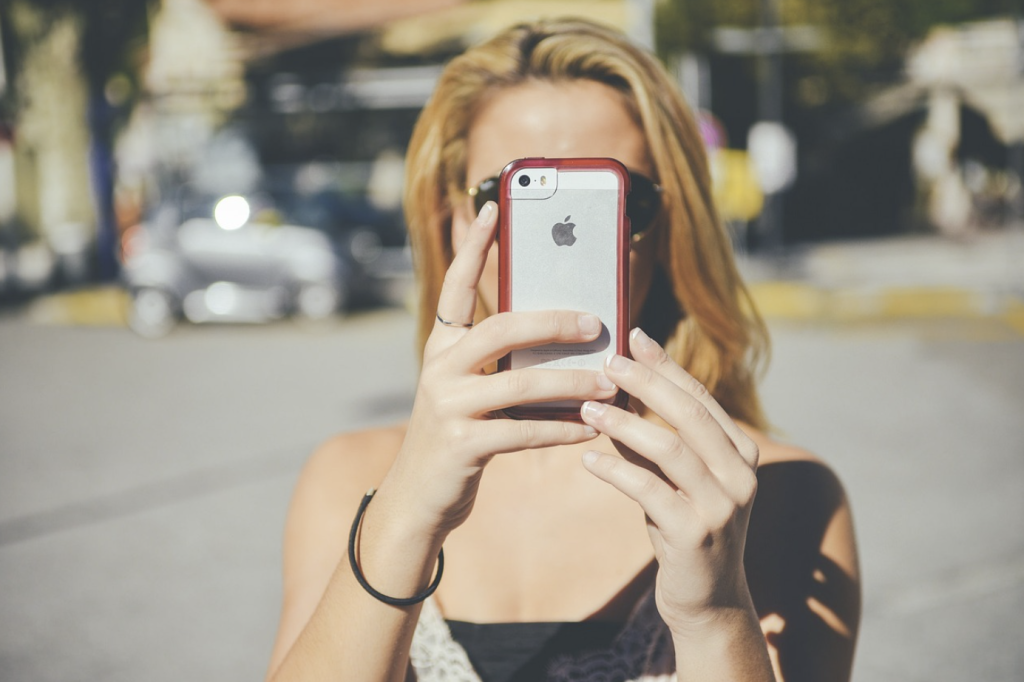
Which Smartphone is Best for You?
Choosing the right device depends on your goals and budget.
For Beginners
Go for the Pixel 7a or Galaxy A54. They’re budget-friendly and offer strong automated photo results.
For Enthusiasts
Try the iPhone SE or OnePlus 12R — reliable shooters with high-end software features.
For Professionals
You can’t go wrong with the iPhone 15 Pro Max, Pixel 8 Pro, or Xiaomi 14 Ultra. These phones offer the closest thing to DSLR-level results.
Smartphone Photography Tips to Maximize Results
Clean your lens before shooting — it’s simple but often overlooked.
Use the grid for better composition.
Tap to focus and adjust exposure — let the phone know what you’re aiming for.
Explore Pro modes if your phone has one. Manual tweaks can elevate your photos.
Use editing apps like Lightroom or Snapseed to give your shots a final polish.
The Future of Smartphone Photography
Expect more integration of AI, larger sensors, and hybrid imaging tech. The line between smartphones and DSLRs is blurring faster than ever, especially with foldable devices starting to include pro-grade cameras.
Conclusion
Smartphone photography in 2024 has reached incredible heights. Whether you’re a casual snapper or a seasoned shooter, there’s a phone out there tailored to your style. From Google’s Pixel wizardry to Apple’s cinematic excellence and Xiaomi’s DSLR-mimicking sensors, you’re spoiled for choice. What matters most is matching the right tool to your creative ambition — because every photo starts with a story, and your smartphone is the storyteller.
FAQs
- What is the best smartphone for low-light photography in 2024?
The Google Pixel 8 Pro and Samsung Galaxy S24 Ultra both offer exceptional night modes, thanks to advanced AI processing and multi-frame image stacking. - Is a higher megapixel count always better?
Not necessarily. It’s more about sensor size and software optimization than just megapixels. A well-optimized 50MP sensor can outperform a poorly tuned 200MP sensor. - Can I shoot professional photos with a smartphone?
Yes. Phones like the iPhone 15 Pro Max and Xiaomi 14 Ultra offer ProRAW, manual controls, and post-processing flexibility rivaling DSLRs for many professional scenarios. - Which phone has the best zoom capabilities?
The Samsung Galaxy S24 Ultra features a periscope telephoto lens that delivers impressive zoom performance without major quality loss. - What’s the best budget camera phone for casual use?
The Google Pixel 7a is your best bet. It offers flagship-level photo processing at an affordable price.
